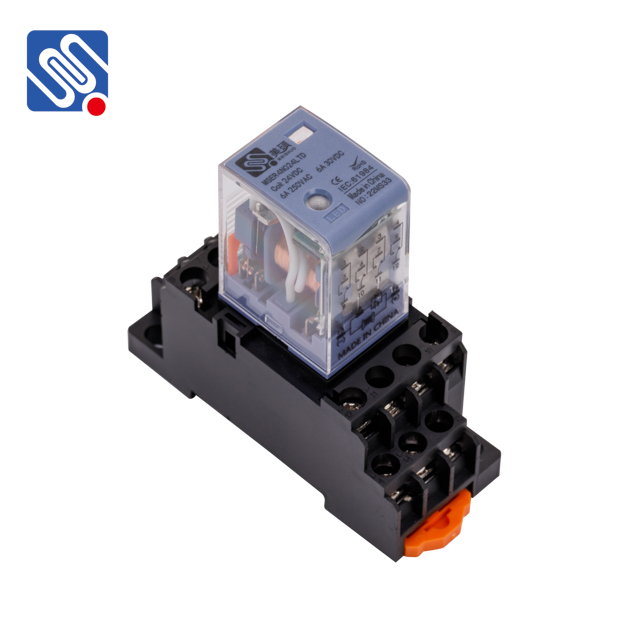miniature relay: the compact powerhouse in electrical control systems
Release time:2025-08-08 23:07:40
Miniature relays are small, yet powerful electrical components that play a significant role in various control systems. Despite their compact size, these relays can handle substantial current loads and provide reliable switching capabilities in a variety of applications. Their versatility, energy efficiency, and space-saving design have made them essential components in automation, automotive, home appliances, telecommunications, and more. This article explores the working principle, advantages, applications, and key considerations when selecting miniature relays for different uses.

What is a Miniature Relay?
A miniature relay is a type of electromechanical switch that uses an electromagnetic coil to open or close a set of contacts. When current flows through the coil, it generates a magnetic field that pulls a movable armature, thereby activating the relay and switching the contacts. These relays are designed to be small and lightweight, making them ideal for applications where space is limited or where weight is a concern.
Miniature relays typically come in a variety of configurations, such as single-pole single-throw (SPST), single-pole double-throw (SPDT), or even double-pole double-throw (DPDT), offering flexibility in different circuit designs.

